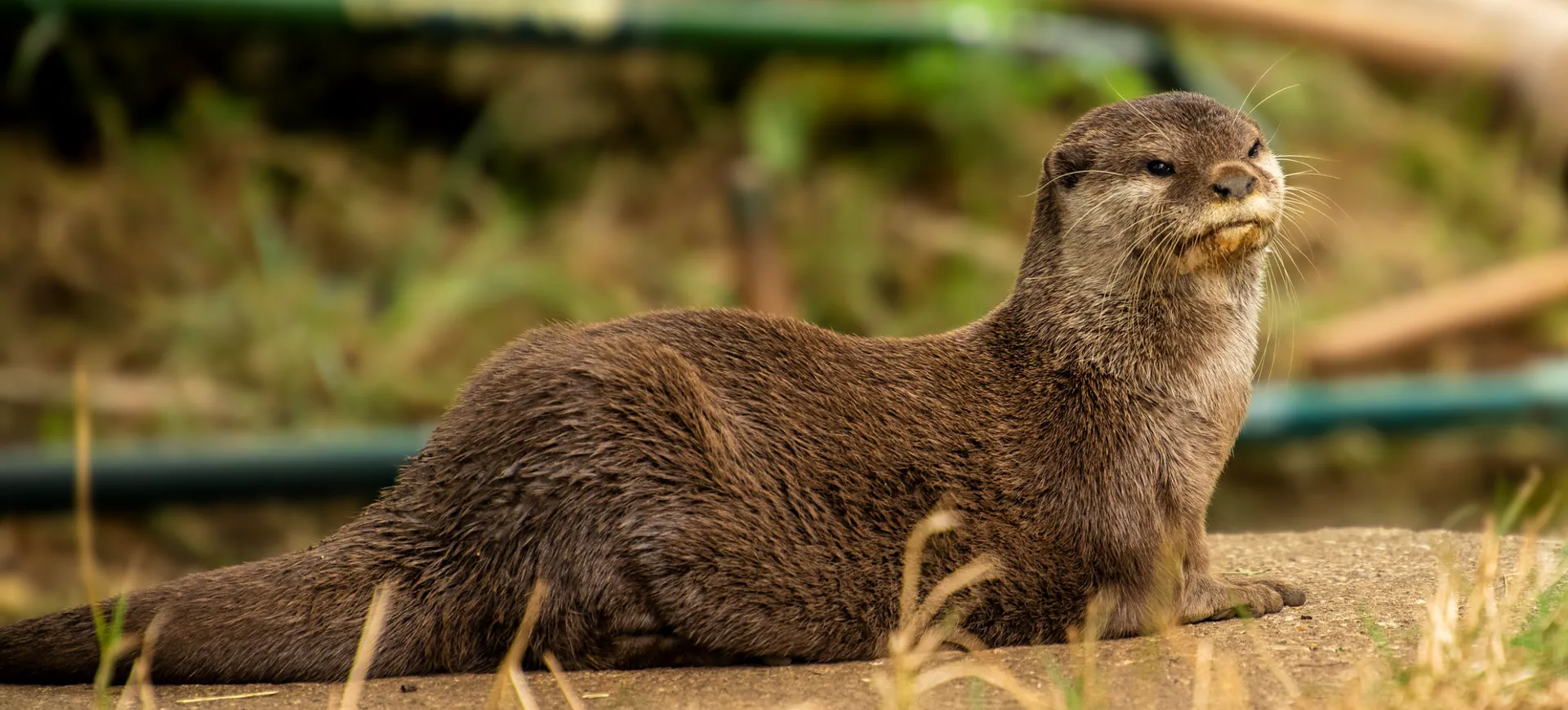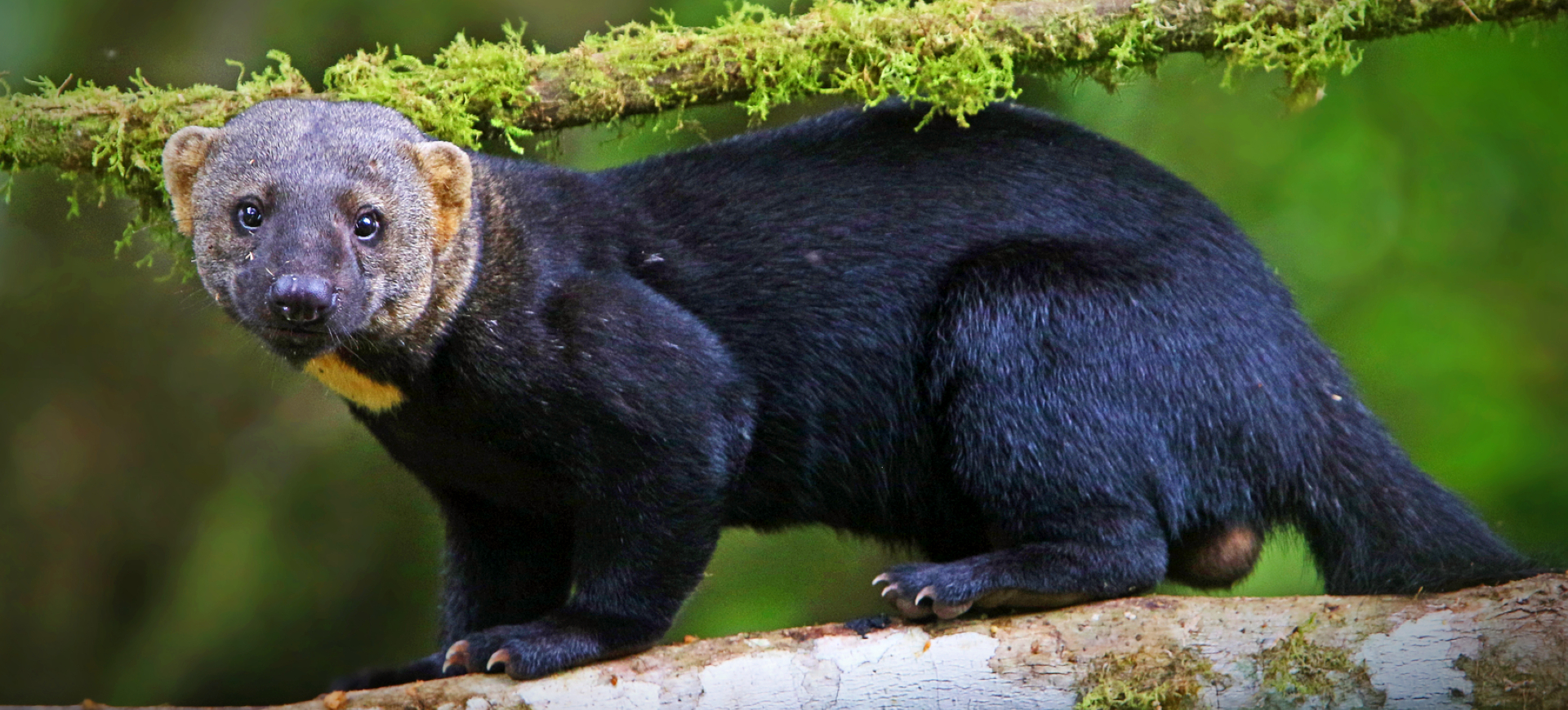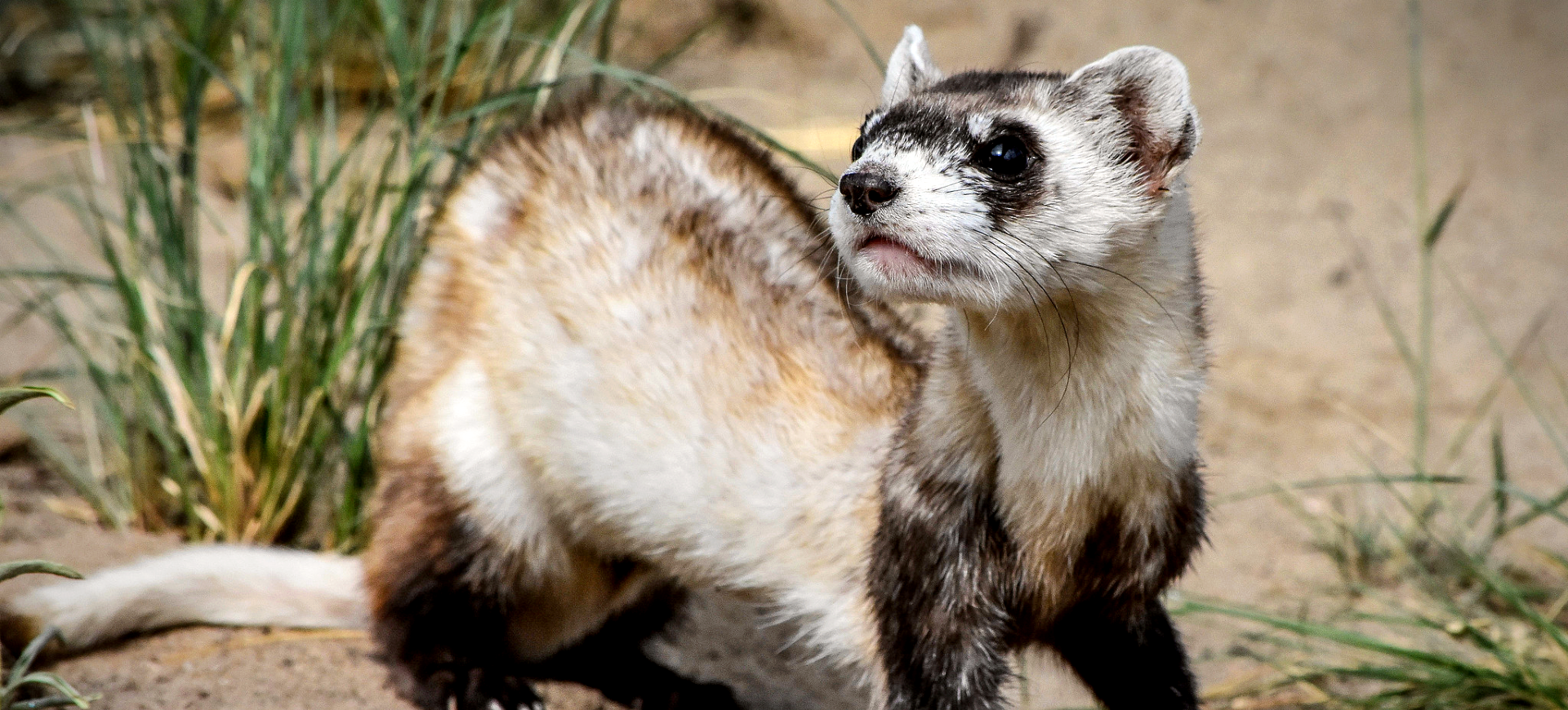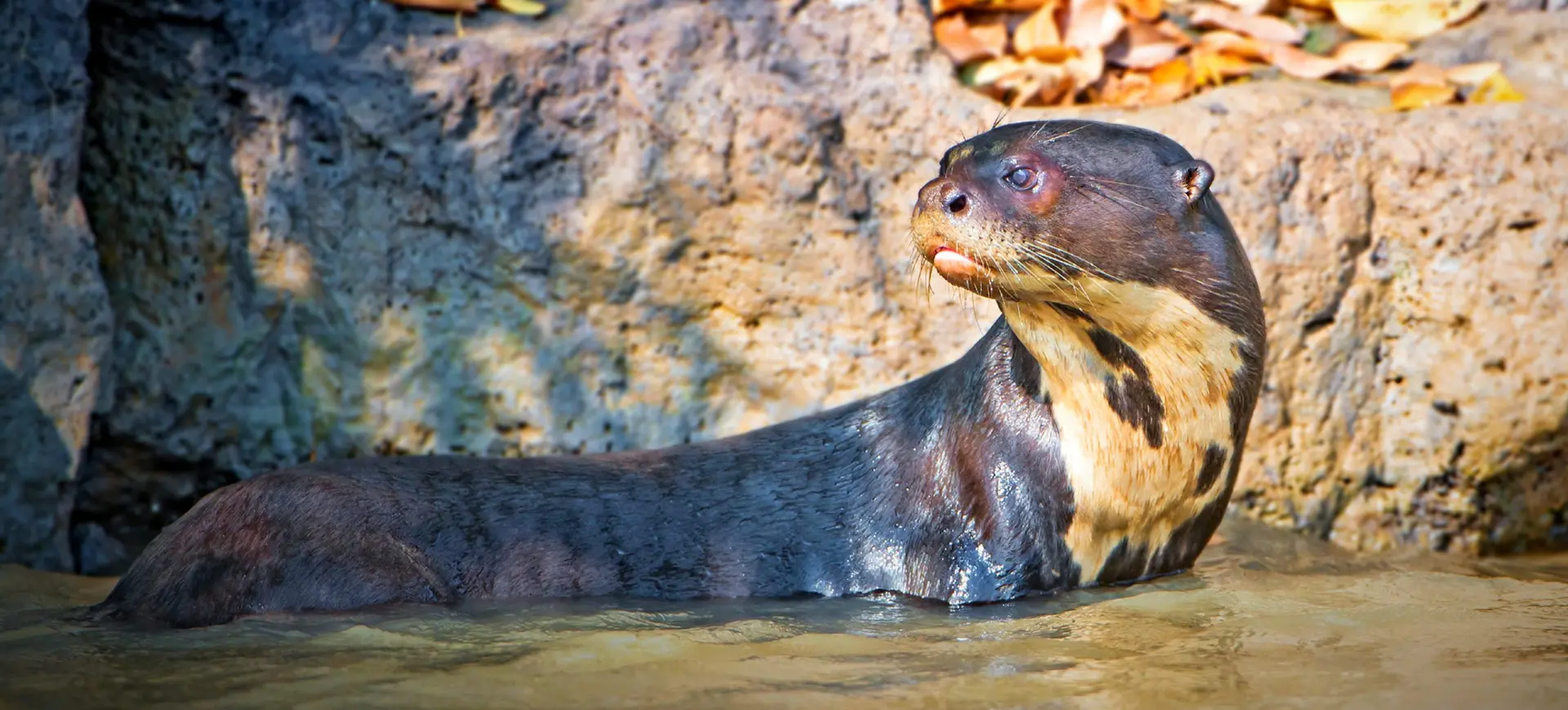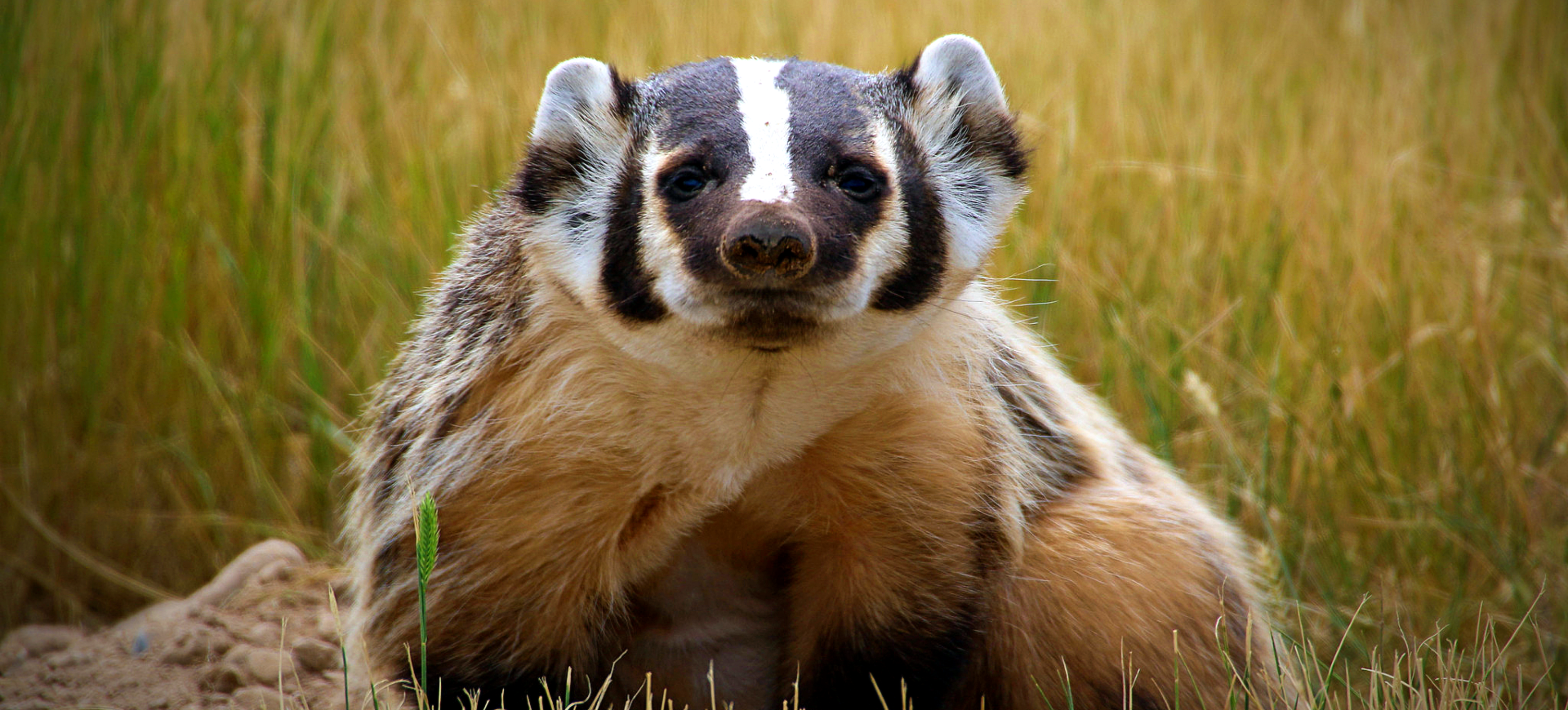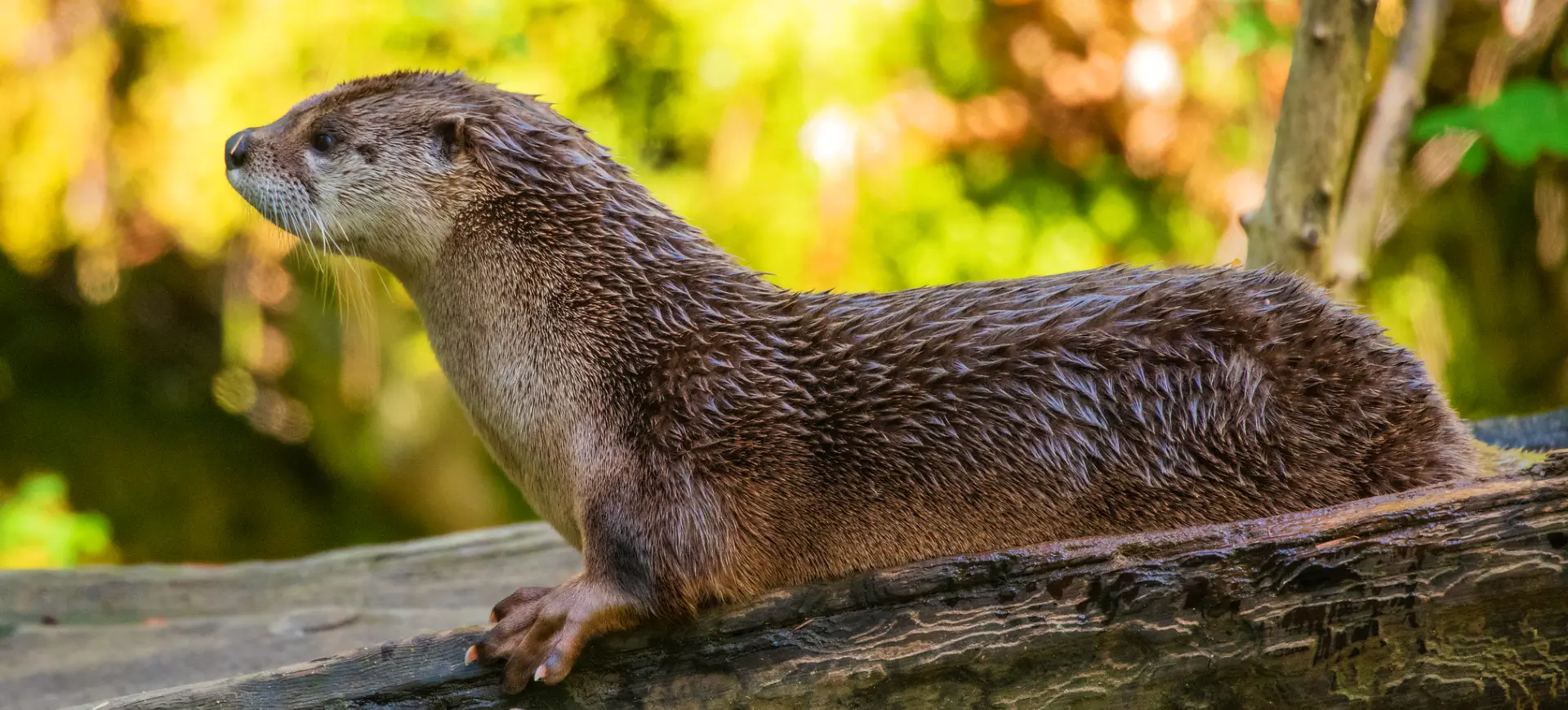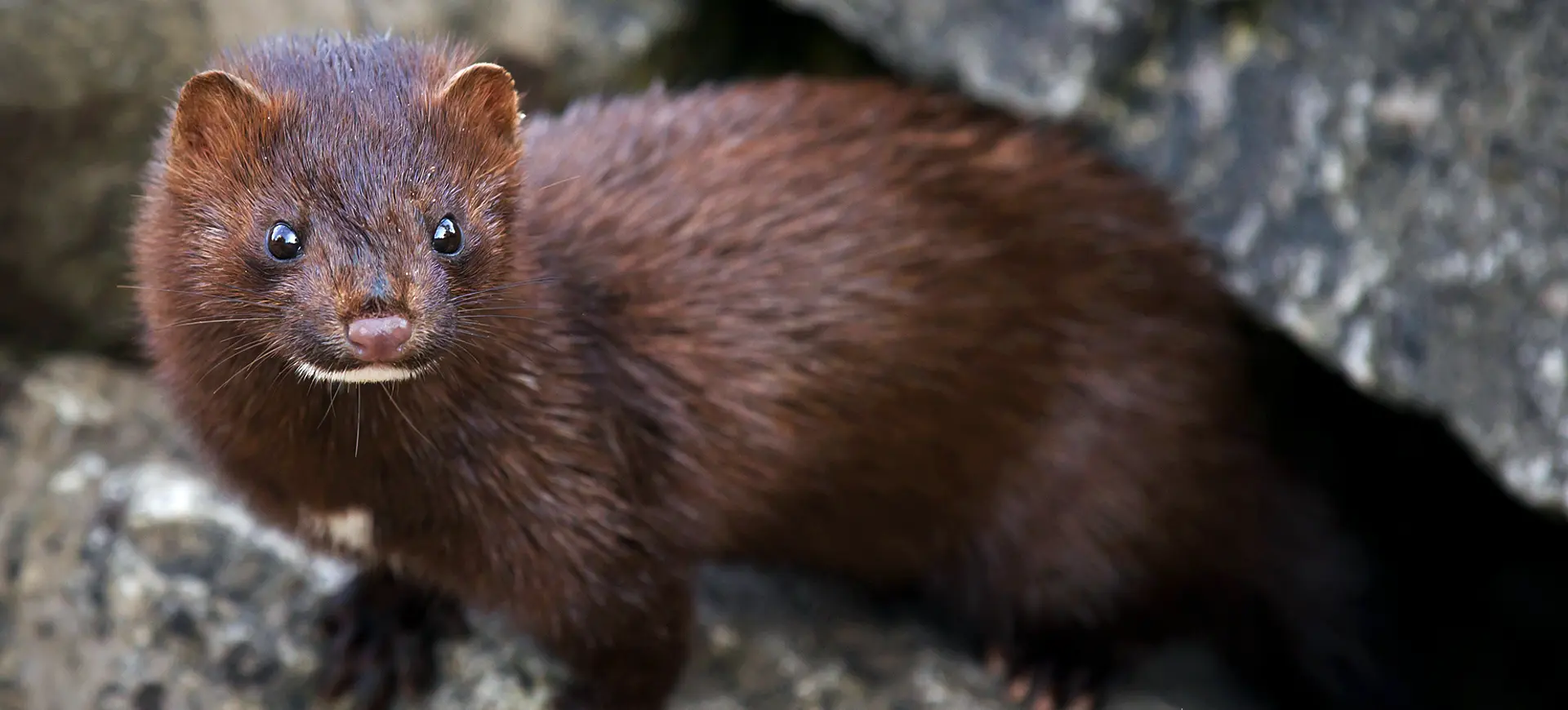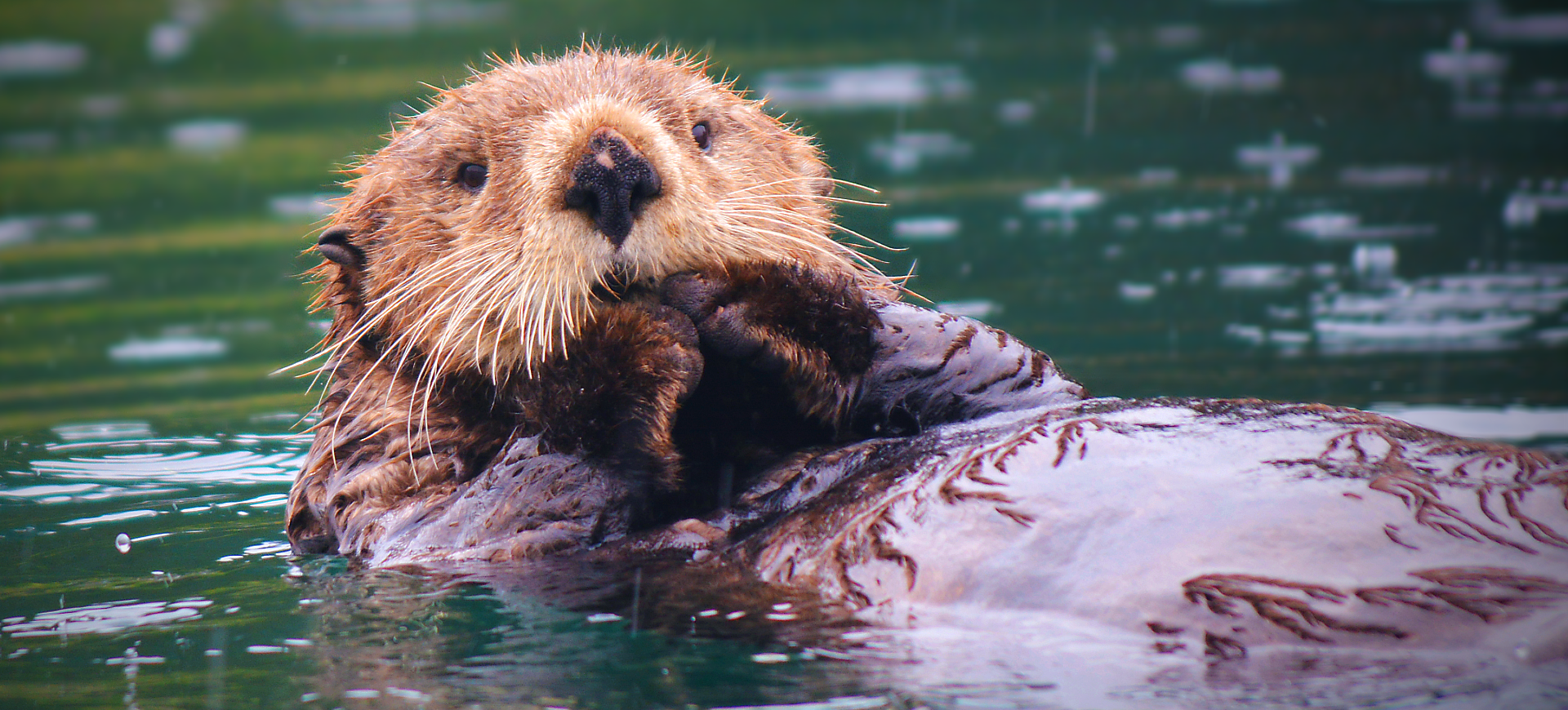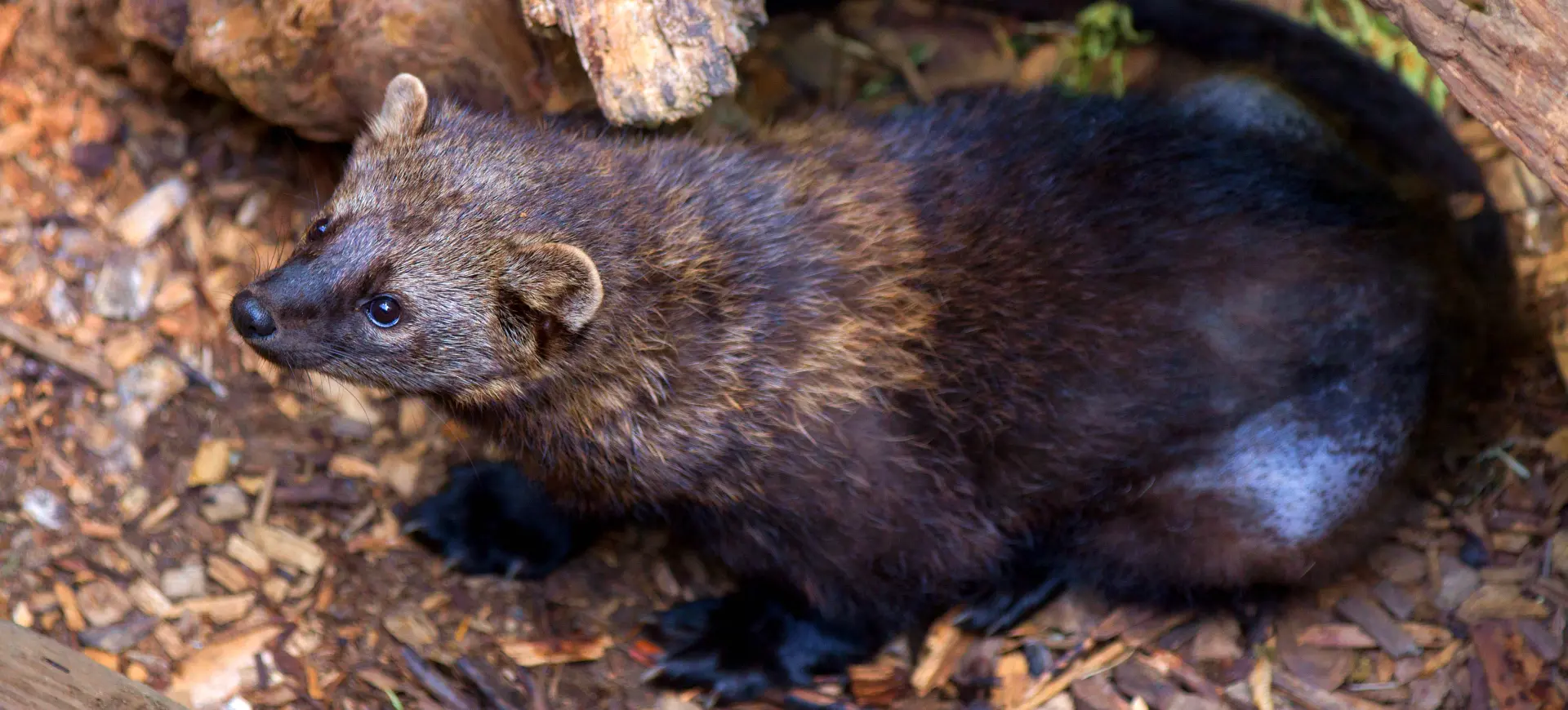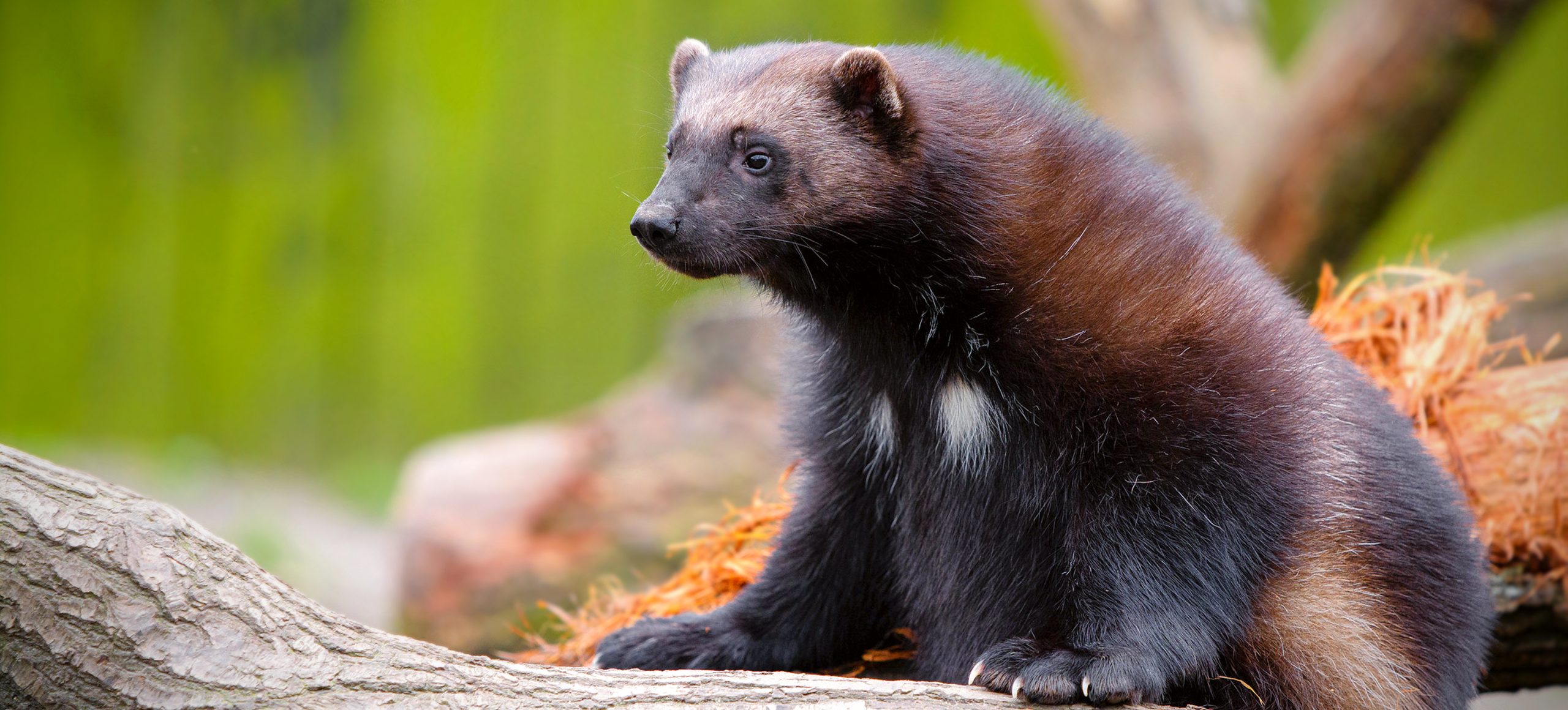Overview
The Honey Badger, also known as the ratel, is a carnivorous mammal known for its tenacity and fearlessness. It is native to Africa, Southwest Asia, and the Indian subcontinent. Despite its small size, the Honey Badger has a reputation for being one of the most fearless animals, often taking on predators much larger than itself, including lions and hyenas.
The animal has a distinctive appearance with a broad body, short legs, and thick, loose skin that provides some protection against bites. Its fur is primarily black, with a gray or white mantle running from its head to its tail. This coloration serves as a warning to potential predators and also aids in camouflage.
Honey Badgers are highly intelligent and resourceful creatures. They are known for their problem-solving abilities, which they often employ to access food. They have a varied diet that includes small mammals, birds, insects, and fruits. They are also known to raid beehives, which is how they got their common name.
Taxonomy
Kingdom
Phylum
Class
Order
Family
Genus
Species
Type
Physical Description:
The Honey Badger has a robust, stocky build with a broad body and short legs. Its thick and loose skin allows it to turn and bite predators that grab it. The fur is coarse and primarily black, with a distinctive gray or white mantle that runs from its head to its tail. The animal has small eyes and ears but a keen sense of smell.
Adult Honey Badgers typically weigh between 13 to 30 lbs. They have a body length ranging from 22 to 30 inches and a height of about 11 inches at the shoulder. The Honey Badger does not have a wingspan, as it is a terrestrial mammal.

Lifespan: Wild: ~7 years || Captivity: ~20 years

Weight: Male: 26–30 lbs (12–14 kg) || Female: 13–22 lbs (6–10 kg)

Length: Male & Female: 22–30 inches (56–76 cm)

Height: Male & Female: 11 inches (28 cm)

Top Speed: 19 mph (30 km/h)
Characteristic:
Native Habitat:
The Honey Badger is native to Africa, Southwest Asia, and the Indian subcontinent. It is highly adaptable and can be found in various habitats, including savannas, grasslands, and forests. The animal prefers areas with dry ground and avoids swampy regions.
It is a primarily nocturnal creature, although it can be active during the day in protected areas. The Honey Badger is a solitary animal but may form temporary associations for mating or hunting. It is known to dig burrows for shelter, which can be quite complex and have multiple entrances.
Biomes:
Biogeographical Realms:
Countries:
Diet:
Diet & Feeding Habits:
The Honey Badger is an opportunistic feeder with a varied diet. It consumes small mammals, birds, reptiles, and insects. It is also known to eat fruits and roots, making it an omnivore. The animal is particularly fond of honey and will raid beehives, enduring bee stings to access the honeycomb.
Honey Badgers have strong jaws and sharp teeth, allowing them to eat a wide range of foods, including animals with hard shells like tortoises. They also use tools, such as sticks, to access food. They have been observed working in pairs or small groups to hunt larger prey or raid beehives.
Mating Behavior:
Mating Description:
The Honey Badger has a polygynous mating system, where a male may mate with multiple females. Mating usually occurs during the wet season when food is abundant. The male will seek out a receptive female and engage in a courtship that involves scent marking and vocalizations.
After mating, the female will dig a burrow to give birth. The gestation period lasts about six to eight weeks, and the female usually gives birth to one to two cubs. The cubs are born blind and helpless but grow rapidly. They are weaned at about three months and become independent at around eight months.
Reproduction Season:
Birth Type:
Pregnancy Duration:
Female Name:
Male Name:
Baby Name:
Social Structure Description:
The Honey Badger is primarily a solitary animal, although it may form temporary associations for mating or hunting. It does not have a complex social structure or hierarchy. The highly territorial animal will mark its territory with scent glands near its tail.
While it does not engage in complex social behaviors, the Honey Badger is known for its intelligence and problem-solving abilities. It uses these skills to access food and avoid predators. Despite its solitary nature, it has been observed working in pairs or small groups to hunt larger prey or raid beehives.
Groups:
Conservation Status:
Population Trend:
The Honey Badger is not endangered and is listed as “Least Concern” on the IUCN Red List. It has a wide distribution range and is relatively abundant in many parts of Africa and Asia. However, exact population numbers are unknown due to the animal’s elusive nature.
Despite its stable status, the Honey Badger faces threats from habitat loss and human-wildlife conflict. Farmers often kill it for raiding poultry and beehives. In some regions, it is also hunted for its skin, which is used to make traditional garments.
Population Threats:
The primary threats to the Honey Badger population include habitat loss due to agriculture and human settlement. The animal is also frequently killed by farmers for raiding poultry and beehives, which leads to human-wildlife conflict.
In some regions, the Honey Badger is hunted for its skin, which is used in traditional garments. Additionally, it faces threats from road accidents and incidental poisoning, as it is often attracted to human food and may consume poisoned bait intended for other animals.
Conservation Efforts:
Conservation efforts for the Honey Badger primarily focus on habitat preservation and reducing human-wildlife conflict. Educational programs aim to inform farmers about non-lethal methods to protect their livestock and beehives. Some areas have also implemented compensation schemes for farmers who lose poultry or honey to the animal.
In addition to these measures, research is ongoing to better understand the Honey Badger’s ecology and behavior. This information will be crucial for developing effective conservation strategies. Protected areas and national parks within its range also provide safe habitats where the species can thrive.
Additional Resources:
Fun Facts
- The Honey Badger can turn and bite its attackers thanks to its loose, thick skin.
- It is one of the few animals that use tools like sticks to access food.
- The animal is immune to certain types of snake venom.
- Honey Badgers have been known to raid beehives, enduring multiple stings to get to the honey.
- They have a symbiotic relationship with the Greater Honeyguide bird, which leads them to beehives.
- The Honey Badger can dig complex burrows with multiple entrances for shelter.
- It has a keen sense of smell but poor eyesight and hearing.
- The animal is known for its fearless behavior and will take on predators much larger than itself.
- Honey Badgers are good swimmers and climbers, making them highly versatile in different environments.
- They have a polygynous mating system and can give birth to one to two cubs after 6–8 weeks gestation.









